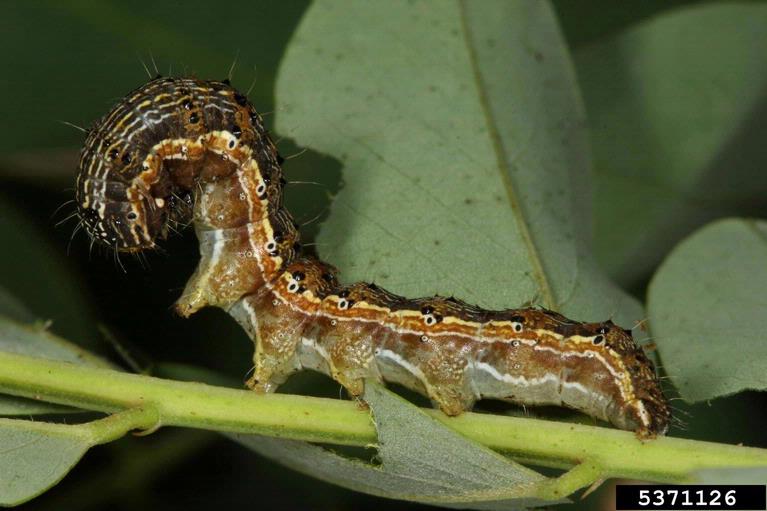
Old world bollworm found in US poses serious risk to cotton, other crops
One male old world bollworm was collected in a Cooperative Agricultural Pest Survey pheromone trap in Bradenton, Fla., June 17. This is the first time the serious agricultural pest has been detected in the U.S. outside of port interceptions.
July 19, 2015

One male Helicoverpa armigera, also known as the old world bollworm, was collected in a Cooperative Agricultural Pest Survey pheromone trap in Bradenton, Fla., June 17, according to the Florida Department of Agriculture and Consumer Services. This is the first time the serious agricultural pest has been detected in the U.S. outside of port interceptions. It feeds on a wide variety of crops and is notorious for becoming resistant to many insecticides.
Helicoverpa armigera occurs widely in tropical and subtropical regions from Africa and Southern Europe to New Zealand. It appeared in Brazil in recent years and rapidly spread across eastern and northern South America, devastating cotton, soy and corn crops in 2013. It has been reported in Puerto Rico and the Dominican Republic in the past year, according to Florida ag department.
The U.S. native corn earworm is externally identical in all life stages. Therefore, identification of H. armigera requires either dissection of adult moths or sequencing genes. Larvae of the native Heliothis virescens (tobacco budworm) are similar, too. The larvae of some Spodoptera species (armyworms) are also similar, but can be distinguished by color patterns.
Caterpillars of H. armigera feed on nearly 200 plant species in at least 45 families. The most preferred crops are corn, sorghum and other grains, cotton and other mallows, ornamental flowers, and plants in the tomato and bean families, including tomato, tobacco, potato, soy, alfalfa, and beans. Fruit tree hosts include citrus and apple. The larvae feed externally and internally on all above-ground parts but prefer flowers, buds, seeds and fruit. Internal feeding is revealed by boreholes or cutting open fruit and buds.
The National Cotton Council has been monitoring activity related to captures of Old World Bollworm for several years, and has urged USDA’s Animal & Plant Health Inspection Service to maintain a heightened alert in order to prevent or delay the introduction and spread of this pest.
The NCC has urged Cooperative Extension entomologists to consider the management implications if the pest was to get a foothold in the U.S.
When food is scarce, the moths fly to high altitudes and are dispersed by wind. There are 3–5 generations per year in subtropical regions, and up to 11 per year in the tropics. The total life cycle may be as short as 30 days, but temperature and host quality affect the development time. Females lay 500–3,000 eggs. The larvae grow for at least 2–3 weeks. Pupation occurs in the soil and lasts a week, but pupae can diapause for a few months in cold conditions.
Global crop damage by H. armigera has been reported at more than $2 billion annually. In Brazil in 2013, the yield of field crops was reportedly reduced by 35 percent, and the cost of insecticide application for cotton doubled. Climate suitability modeling predicts that significant U.S. crops could be at risk. The chief danger is control failure because of its resistance to many insecticides.
About the Author(s)
You May Also Like





